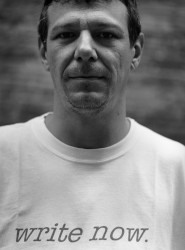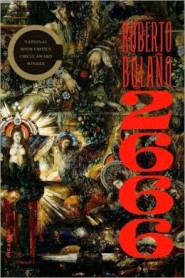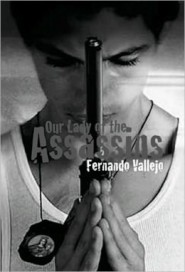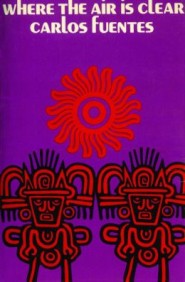By Álvaro Enrigue, trans. from the Spanish by Brendan Riley | PW - July 12, 2013
Photo Credit: Carles Mercader
Álvaro Enrigue's story collection Hypothermia explores identity and isolation through the eyes of garbage collectors, professors, and outcasts. It's also loosely based on Dante's Inferno. Enrigue picked 10 books that took inspiration from books that came before them.
In “Pierre Menard, Author of the Quixote”, Jorge Luis Borges tells the story of a writer who set out to reproduce Don Quixote de la Mancha without consulting the original text written by Cervantes. “He did not wish to compose another Quixote” –says Borges– “but the very Quixote itself. Needless to say he never set himself to the facile task of mechanically transcribing the original; it was not his intention to copy it.” In Borges’ story, Pierre Menard dedicates years to writing thousands of pages on his recollections of the novel and by the end of his life he achieves success: he reproduces two and a half chapters from Cervantes’ book without having copied them. In “Pierre Menard, Author of the Quixote” Borges, himself a voracious reader, responds to a question which typically torments writers: Do books emerge from our experience or do they come from other books? The following is a list of great literary works which have set out to modify our reading of other, earlier ones.
1. 2666, by Roberto Bolaño - Set in the border city of Santa Teresa, Roberto Bolaño’s magnum opus tells the story of a community so degenerate that it develops a horrific new extreme sport: murdering women. The story 2666 tells is true. It is based on Huesos en el desierto (Bones in the Desert), Sergio González Rodríguez’s work of investigative journalism, so much so that the author is one of Bolaño’s characters. Editorial tip: Huesos en el desierto is not yet translated into English.
2. Our Lady of the Assassins by Fernando Vallejo - This novel is a fiction masquerading as non-fiction. Fernando Vallejo narrates, in the first person, a story of love with a hired assassin in the Columbian city of Medellín. An astute reader will be able to discern that Vallejo’s novel comes not purely from real life but from books: his Medellín is based on Dante’s Inferno. In literature, form almost always equals content.
3. Where the Air is Clear by Carlos Fuentes - In Where the Air is Clear, Carlos Fuentes composed a polyphonic portrait of Mexico City amid the growth and modernization brought on by the economic boom of the 1950’s. The novel can be read as a jazz interpretation –free and in a Mexican key– of John Dos Passos’ Manhattan Transfer.




No comments:
Post a Comment